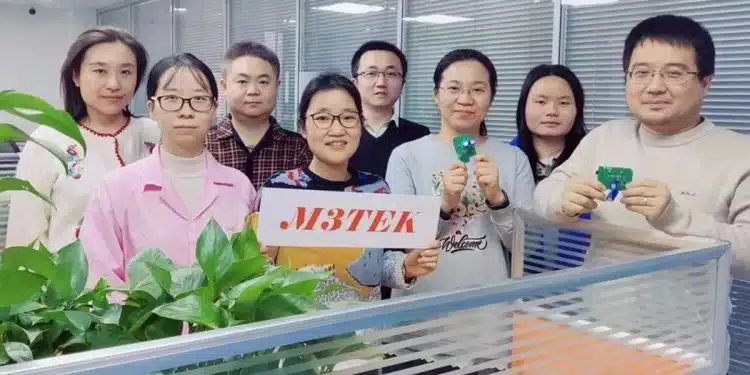Taiwan based M3 Technology has received the Most Promising Product award at EE Awards Asia 2022 for its MT2600 Supercapacitor Power Manager for Backup Power Applications.
Supercapacitors coming to the fore
According to Bo Yang, R&D Director at M3 Technology, MT2600 is basically a supercapacitor charging and discharging management IC that offers system level protection.
“As we see it, supercapacitors, after several decades of development, finally are reaching a level of performance in terms of power density, energy density, reliability, cost—to compete with the lithium-ion battery,” says Yang. “We saw that opportunity so we developed this product, which can be used for a lot of applications, including automotive and mobile devices. Right now, a lot of mobile devices are beginning to use supercapacitors as their energy storage.”
Yang adds that the supercapacitor is becoming a major player in energy storage applications. “It has a lot of advantages compared to battery: it has a much longer lifetime, it can be charged like half a million times without losing any performance, and it can tolerate much wider temperature ranges,” he says. “And it’s a much safer and more reliable energy storage.”
He notes that because of those features, more and more manufacturers are using supercapacitors. The challenge is that there are not enough power management devices targeted at this these devices. “When you look at some of the users of supercapacitors, they have to use discretes like resistors and diodes to charge or balance the capacitor, or to discharge the capacitor,” says Yang. Which, in the end, will cost more and occupy a lot of space.
“Another thing is that those solutions normally have a lot of self-discharge. Basically, you try to store energy in the supercapacitor to use later, but after you add all these protection circuit, and other bells and whistles, such circuits begin to drain the supercapacitor already—your stored energy is already being used by those components already. That’s another problem,” explains Yang.
On top of it, system protection is another issue. “When you look at how customers use supercapacitors, they bring to mind a lot of considerations. Normally, for example, they use USB to charge these supercapacitors. When you use USB, you plug it in, you have a lot of transient voltages and transient currents—and as such, you need to have a lot of other components to protect the supercapacitors from damages. Those things are extra—you have to add those things to keep the system safe,” says Yang.
M3 Technology’s MT2600 addresses these issues. “What we are trying to solve is, first, the management of supercapacitors—we want it to be very, very energy efficient. We don’t want to waste any energy by our IC,” says Yang. “Another thing is we try to integrate the protection inside our IC. Basically, MT2600 is a one-chip solution—it provides all the input overcurrent/overvoltage and output overcurrent protection, while at the same time managing the charged supercapacitor.”
Why MT2600 is unique
According to Yang, there are already supercapacitor management ICs in the market.
“But I think MT2600 is really unique in that it integrates more system functions,” he says. “MT2600 is not only a supercapacitor charging/discharging device, but it also has a system level protection from the input side, OVP/OCP, reverse blocking, all kinds of situation. And all these functions are put into this chip.
He says other existing supercapacitor charger require a lot of external components and circuitry to create a total solution. “MT2600 is a one-chip solution—you just need several passive components, and a supercapacitor, and you have a power system to power your system with backup energy capability, and this is complete with all the protection. This device is really the most integrated solution for this kind of system,” says Yang.
Meng adds that another benefit of using the MT2600 is that it only draws less than 2µA from the supercapacitor. “So, the energy that is being supplied to the system is not being drained by this chip. That’s the benefit of this linear charging and discharging architecture of the supercapacitor,” he says. “Other companies use a switching charger, which charges the supercapacitor and discharges it. That, by itself, is going to consume several milliamps of current, so that’s already like 1,000x difference.”


































